Pros and Cons of a Water Bed
Waterbeds consist of a vinyl mattress with a built-in or external frame. The vinyl mattress is filled with water, usually with a garden hose. Large ‘waveless’ varieties have two internal bladders, to prevent you from waking your partner every time you roll over in the night.

Read more about the benefits and drawbacks of owning a waterbed in this informational article.
Waterbed Pros
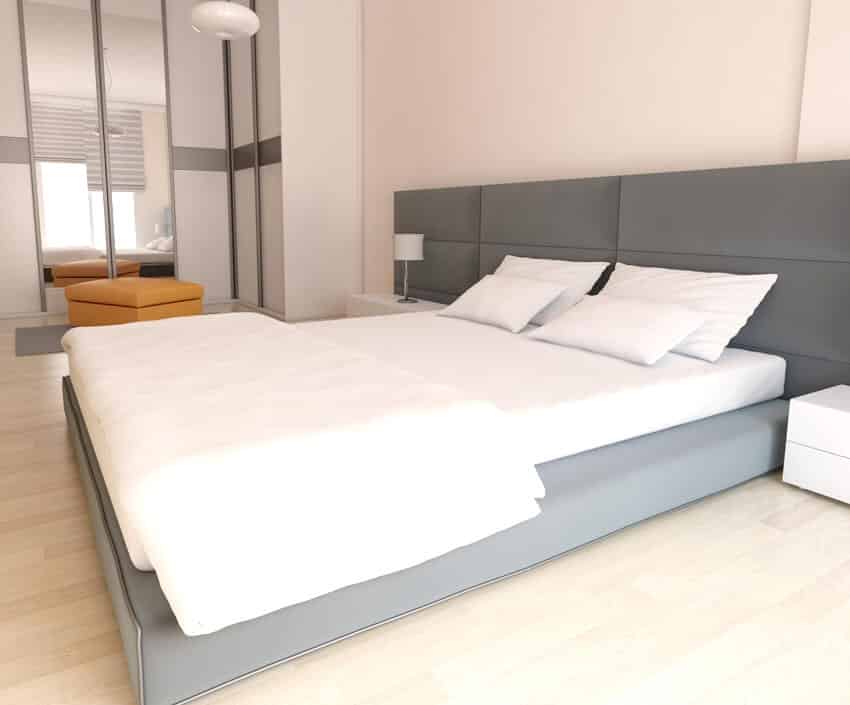
Waterbeds have several benefits. They are inexpensive, long-lasting, hypoallergenic, and many people swear by their comfort.
Hypoallergenic
The vinyl covering of waterbeds makes it less likely that common allergens such as pet hair and pollen will settle in place. They are easily wiped clean.
Long-Lasting
Waterbeds, when properly cared for and conditioned annually, can last up to 20 years.
Comfortable and Relaxing
Many people find waterbeds to be more comfortable than traditional mattresses. The sloshing of the water inside the bladder is reminiscent of waves lapping at the beach, which is often considered to be a relaxing sound.
Inexpensive
The most expensive and largest waterbeds are usually not more than $2,000.
Waterbed Cons

The drawbacks of waterbeds include their weight, the noise of the water, and their tendency to make your home less energy-efficient.
Energy-draining
Waterbeds absorb heat from the air, making it more difficult and costly to heat your home. Running the heater is an additional cost.
Heavy
Waterbeds are very heavy when filled, and cannot be moved from one location to another without being drained first. This means that it is not possible to rearrange your bedroom on a whim.
Noisy
While a traditional mattress may make some noise as you shift around during the night, even small motions can trigger significant sloshing in a typical waterbed.
Are Water Beds Good For You?

There are no specific health benefits associated with sleeping on a waterbed. Many people swear by the relaxing sway of water beds, reporting that they get to sleep more quickly, stay asleep more easily, and rest more deeply than they would on a traditional mattress. If you receive any of these benefits from a water bed, it is safe to say that your water bed is good for you.
The heated water against your body during the night may help your muscles stay relaxed and limber, making it easier to spring out of bed in the morning.
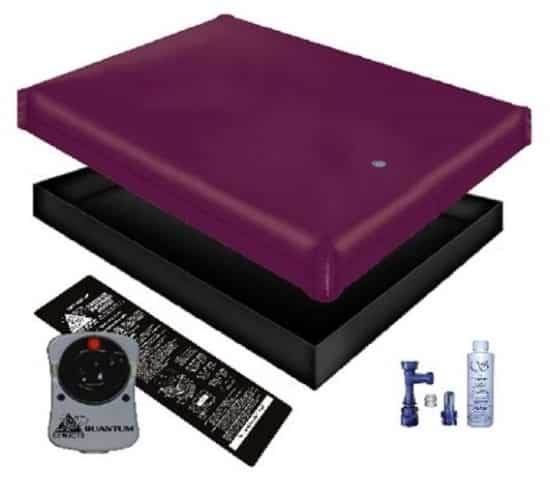
Allergy sufferers may prefer the impermeable vinyl barrier of a water bed to a foam or stuffed mattress. Fewer particles of pollen and pet dander can settle into a waterbed, thereby reducing the amount of allergens in the mattress itself. For more information about the most common types of mattresses visit this page.
Are Waterbeds Good For Your Back?

Waterbeds are no more or less supportive than a traditional spring mattress. However, the water inside the bed is usually heated by an internal heater.
If you have a back injury that improves with heat (or is exacerbated by sleeping in the cold), you may find a water bed to be helpful. Some users describe the experience as similar to sleeping on a large heating pad.
If you have a healthy, uninjured back, there’s nothing wrong with sleeping on a water
Are Waterbeds Comfortable?

Sleeping in a waterbed can be compared to sleeping in a hammock. Some people find it extraordinarily comfortable, while others wake up in pain.
The weight of your body displaces the water in the mattress, creating a nest-like curvature. More water is displaced where your body is heaviest — generally in the hips and midsection.
This means your body curves in a crescent shape while you’re sleeping.
How Much Is A Waterbed?
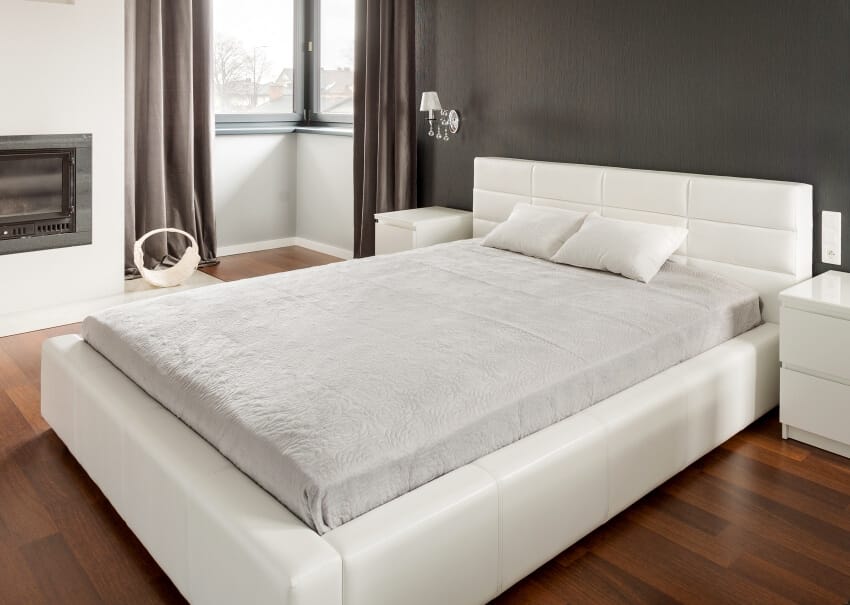
Like any bed, mattress, or sleep accessory, price is determined by both size and quality. See our guide about bed sizes here.
A cheap twin water mattress can be purchased from wholesale retailers for as little as $50, but cannot be expected to last very long. A high quality king-size waterbed is likely to cost at least $2,000.
Soft-side waterbeds are lined with squishy foam, and require the purchase of a box spring to support them, as well as an appropriate bed frame. Check out some ideas on what to use instead of box springs here.

Hard-side waterbeds come with a wooden frame that supports the vinyl sides, top, and bottom of the mattress and do not require accessories such as a box spring.
Can You Pop A Waterbed?
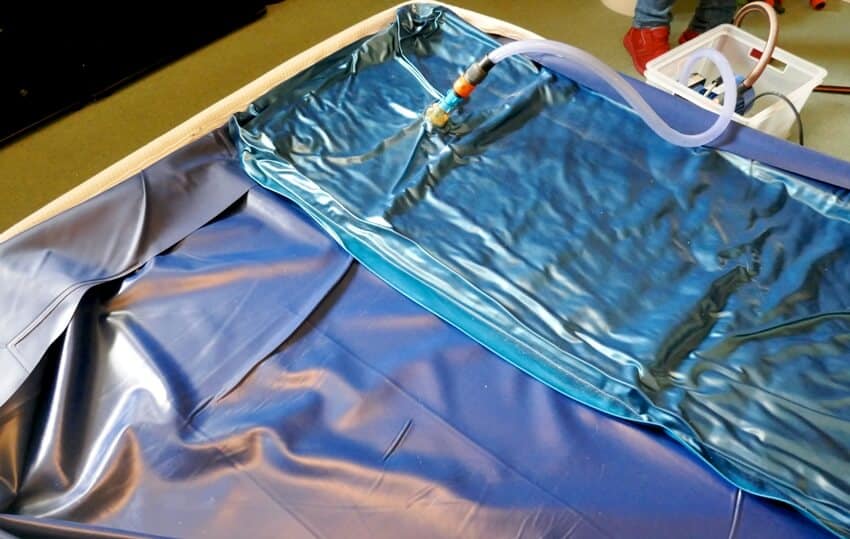
Waterbeds do not pop easily, however, tears can occur. The most common culprits are cats’ claws and clothing with zippers. Standing on the bed in stiletto heels would also do the job.
However, the vinyl they are made with is meant to be robust and puncture-proof. Unless you exceed the manufacturer’s instructions on how much water to put in the vinyl casing, the water won’t be under pressure, making popping less likely.
The majority of waterbed leaks are the fault of degrading vinyl and usually occur at the seams. Adding a water conditioner to the mattress on an annual basis will help decrease the likelihood of leaks.
Most leaks become readily apparent — you’ll see water on the sheets or on the floor under the bed — and can be quickly and effectively patched.
Make sure to have a patch kit on hand so you can address the problem promptly, should a leak occur.
How Long Should A Waterbed Mattress Last?

A waterbed can last up to 20 years. With high-quality foam and spring mattresses now advertising lifespans of eight to ten years, waterbeds can last more than twice as long as a traditional mattress.
Lower-quality mattresses may start to slump or degrade after just five years, four times less than the typical waterbed. There are no springs to break or foam to degrade. Some mattresses may suffer in damp environments or storage, but waterbeds can simply be drained and stored for years without degrading.
To maintain the inside of your waterbed and keep it from developing leaks, it is recommended to add waterbed conditioner once per year. This will help ensure you get to enjoy your waterbed for the maximum amount of time. As an added benefit, it prevents bacteria growth inside your mattress.
For more related ideas visit our guide to different types of beds.


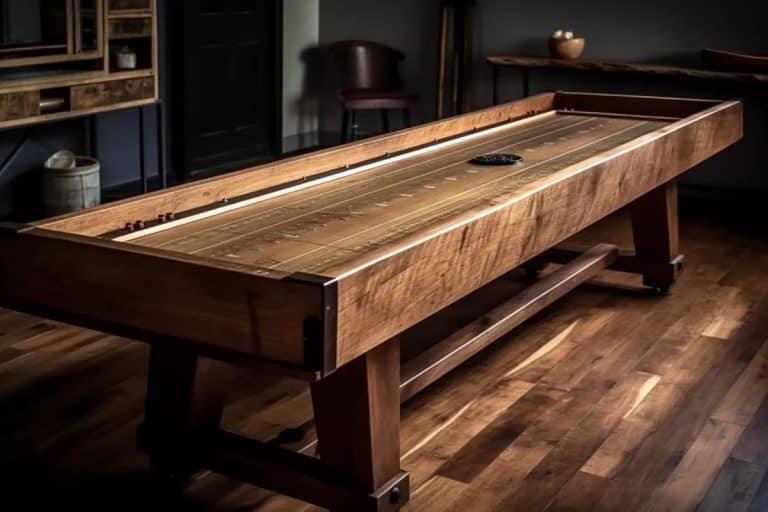

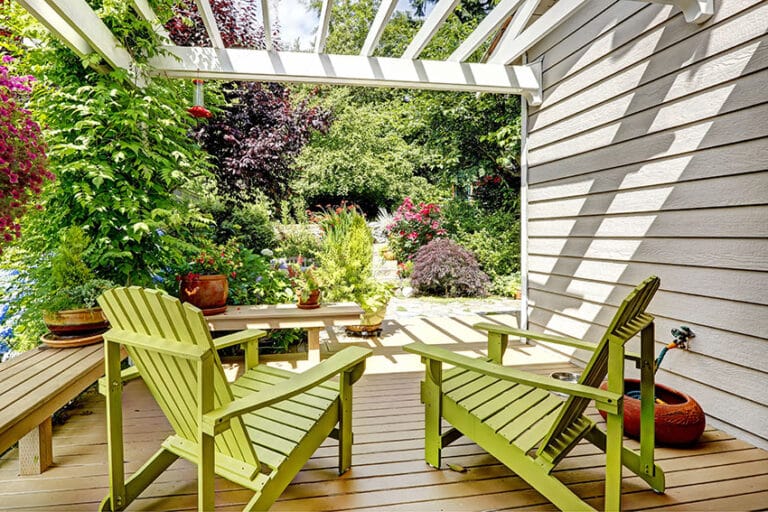


Hi. Would a water bed make it more conformable for someone with cancer on one side of the pelvis. Also from the cancer having sharp pains down the leg.
If so what would be the best type of water bed to get.
Thanks.